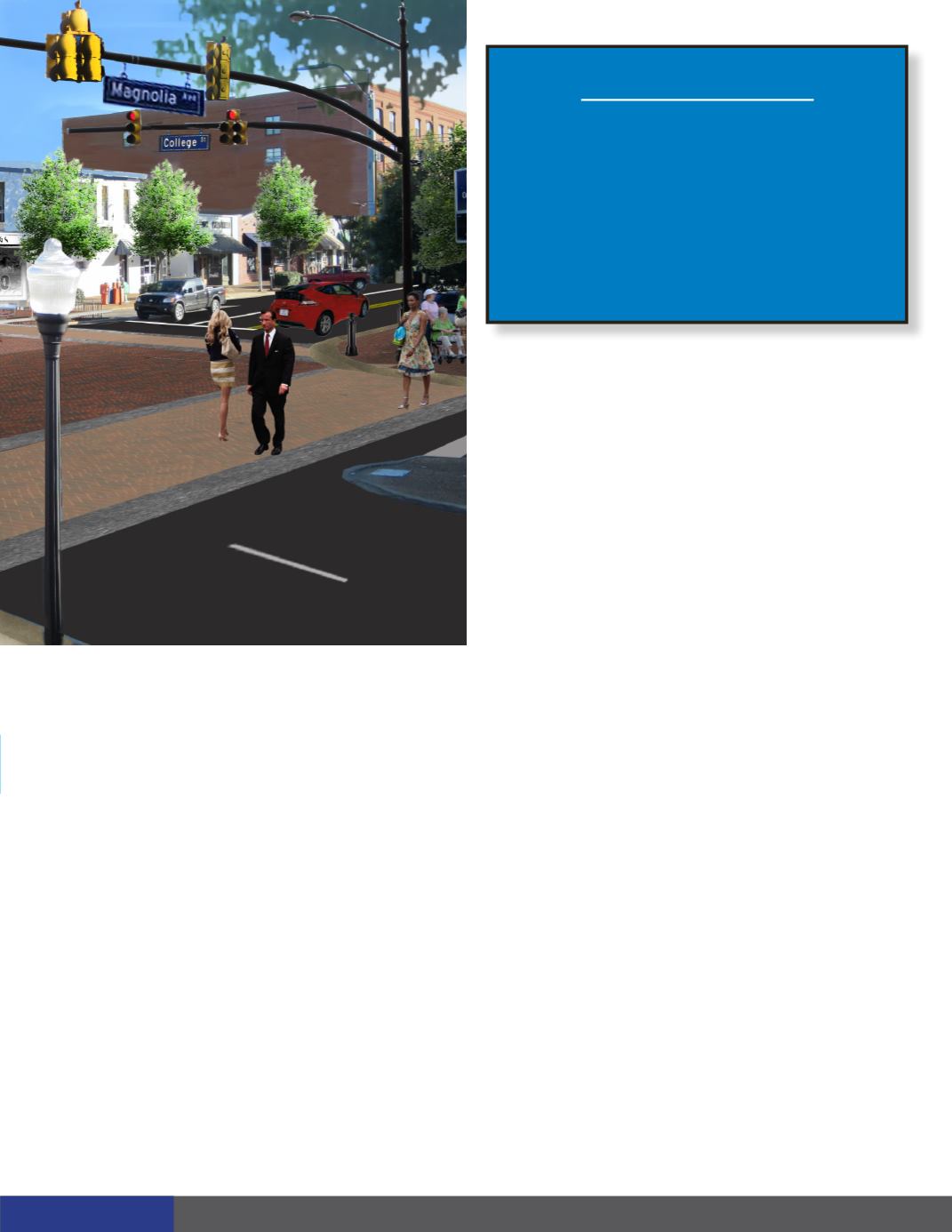
Business View - November 2015 157
the college’s varsity sports teams, and most especially, for
the Auburn Tigers, the school’s famed football squad that
won its last national championship in 2010.
Daniel Ballard is Auburn’s Watershed Division Manger,
heading a section of the Department of Water Resource
Management (WRM). The WRM department is responsi-
ble for sewage collection and treatment, water treatment
and distribution, and watershed management, which is
Ballard’s particular purview. “Our Watershed Division mis-
sion is to protect, preserve, and restore our local water re-
sources,” he says. “We do that by meeting those minimum
requirements required by the state but we also pride our-
selves in going above and beyond the minimum, following
our aspirations to achieve that mission and doing what’s
necessary.”
Recently, the city of Auburn and Auburn University coop-
erated on a project that united the spirit of the school’s
sports teams with Ballard’s municipal agenda for going
above and beyond the minimum in fulfilling his Division’s
goals: the re-imagining and reclamation of Toomer’s Cor-
ner, one of the city’s most recognizable landmarks. Toom-
er’s Corner is actually the intersection of College Street
and Magnolia Avenue in the heart of downtown Auburn.
One corner of the intersection is occupied by Toomer’s
Drugs, a city landmark since 1896; another is the anchor-
ing corner of Auburn’s campus. Ballard explains the inter-
section’s significance in the history of the city:
“After every home game, pretty much the entire popula-
tion in the city of Auburn – those that live here and the
tourists that come for the games – go to that corner after
a big win. Originally, there were two live oaks at the cor-
ner that had been there for 80 plus years. And we would
“roll” those trees after a big game. It was a celebration
and done for many years. Well, those trees were poisoned
years ago by a deranged fan and when those trees died, it
impacted the community. That corner was what we were
known for.”
According to Ballard, not only did the trees have to be cut
down, their root balls had to be removed along with the
polluted soil, meaning that the whole corner had to be de-
molished. “So when those trees died, both the University
and the city saw that as an opportunity to make some-
thing better. The university took it upon itself to engage the
AT A GLANCE
WHO:
Auburn, Alabama
WHAT:
A city of 60,000
WHERE:
Located in the eastern portion of the state
WEBSITE
:
INFRASTRUCTURE


